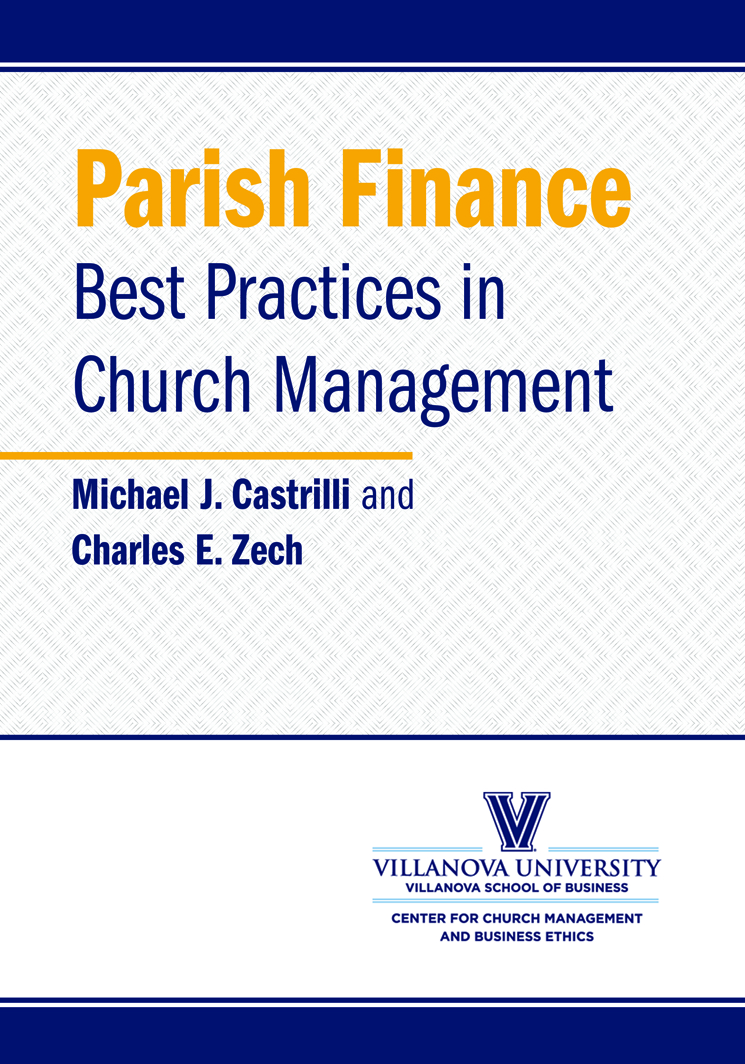My experience working with ministers is that for many, church budgeting is viewed as a necessary, yet stressful and time-consuming exercise. People resist or even fear the topic because of seemingly complicating processes or past negative experiences. Even with personal finances, many people grow up learning that developing a budget is good practice but a constraining activity designed to prevent or control people from doing all of the things they want to do.
In simple terms, the budget is the tool that connects church priorities to financial resources. The alignment between church mission, vision, pastoral priorities, and budgeting are integrally linked. Effective parish budgeting not only enables you to plan, allocate, and manage resources effectively, it will empower you with information and insights to help inform decision-making.
So, where do you begin? Let me help debunk the myth of budgeting as a constraining activity and provide some simple strategies for developing an effective, efficient, and collaborative budget and financial management practices. Let’s begin with understanding the three main phases of the church budget process.
Tip 11: Formulate, Execute, Control
Below is an excerpt from Parish Finance: Best Practices in Church Management (Mahwah: Paulist Press, 2016).
Phase 1: Church Budget Formulation
Budget formulation is the process used to develop the budget. This is where you will review the variety of income and expense categories and determine how much you expect to receive and project how much you plan to spend. There are a variety of methods we can use to create the budget and in which we can develop the budget. Whether you use top-down, bottom-up, incremental, or flexible budgeting, the framework will help you structure the development.
In the budget formulation phase, the parish will get into the nuts and bolts of budget building. Here a variety of questions will be answered including:
- What are the assumptions and expectations for the upcoming year?
- How will resources be allocated for staff, programs, emerging requirements, or assets?
- What information and methods will be used to ensure that accurate projections/forecasts are developed for income and expenses?
This is the phase of the budget process where we will build the “budget house.” We will review architecture plans, pour a solid foundation, frame the walls, and build a strong roof so that as storms rage, the house remains sturdy and strong.
Phase 2: Church Budget Execution
Once the income and expense parameters have been set, and the budget has been approved, the plan is ready to be implemented. Budget execution is the phase in the budget lifecycle when the checks are written, salaries paid, and income is received. Policies and procedures are established to ensure accountability. Clear roles and responsibilities are developed for who, what, when and how resources will be authorized, distributed, and accounted for. The outcomes of this phase are policies and procedures for collecting and distributing resources. 
Phase 3: Church Budget Control
Complementing the execution phase, budget control is the part of the budgeting lifecycle that ensures that the efforts that you have put into the other steps of the process are successful. Strategies and techniques can be deployed to keep you on track and headed in the right direction with warnings along the way if you are getting off track. Actual income and spending amounts are compared to budgeted projections to measure variances between the amounts. With this information, parish managers can accurately account for resources or deploy mitigation tactics if spending is getting out of control or if resources need to be reallocated.
All three of these phases build upon one another and create a budget lifecycle that brings flexibility, adaptability, and accountability to financial planning and actions.
Qeustions/Comments? Contact me at mjcastrilli@gmail.com.
